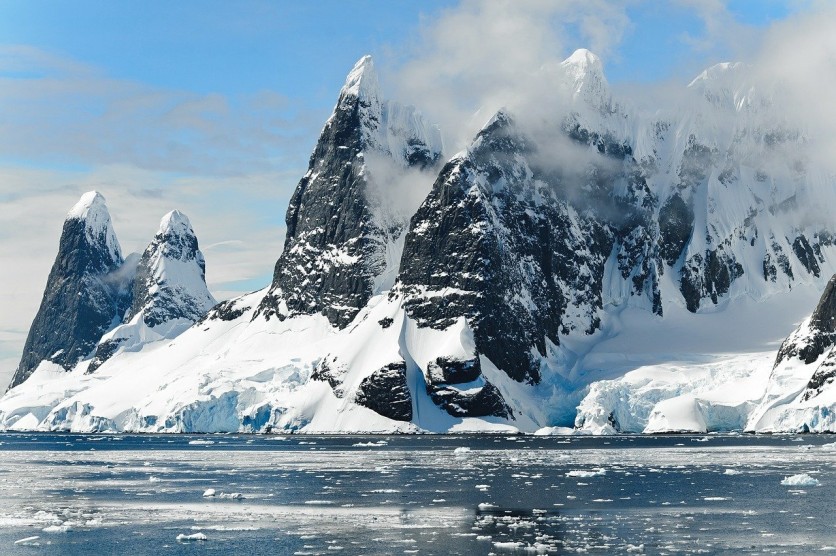There are still a lot of mysteries on the planet that are unexplained, but that is not the case for Antarctica's frozen region and this is because of the recent study done by researchers from the University of Birmingham. Its study centered on the Mississippi mud core layers which helped unravel the reason behind the region's previous transition which helped form its gargantuan ice sheets.
Antarctica Uncovered: Why is It Frozen?

A press release from the University of Birmingham has shared the recent study which its researchers undertook, and this has uncovered significant information behind Antarctica's ice and how its ice sheets formed over the years. What researchers found was a temporary "brake" on Antarctica's cooling process from as much as 300,000 years ago.
"The Eocene Oligocene transition is probably the planet's biggest climate cooling event and has had a major impact on the earth's history. As sea levels fell over this transition, we can observe how a temporary brake on atmospheric cooling took place with the release of large amounts of carbon dioxide sequestered in coastal regions around the basin of the Mississippi River," said Dr. Tom Dunkley Jones, senior researcher, University of Birmingham.
The Grande Coupure also called the Eocene-Oligocene transition, was the time when Antarctica experienced its cooling process, causing great challenges for the environment and life forms in the region.
"This solves a puzzle about the timeline of the transition, and suggests that the beginnings of this event and the build-up of Antarctic ice sheets started some 300,000 years earlier," Jones added.
Mississippi Mud Core Layers Study
The researchers discovered this latest information via the Mississippi mud core layers which it drilled from Jackson, Mississippi in the United States, providing significant leads that led to this finding. The material found in these core layers suggests a major transfer of carbon from plant remains in the coastal area into the atmosphere.
The falling sea levels of the region helped slowed down this said cooling as to why Antarctica was frozen.
The team published their study in Nature Communications' journal, detailing more of the study.
Antarctica and its Ice
One of the main focuses on the Antarctic region is the current melting of its ice, and this was due to humans' behavior that caused Climate Change to affect the world's frozen areas including the North and South Pole. However, it has also paved the way for researchers to discover a hidden island in Antarctica as it revealed itself to the world as the facade appeared.
There are also massive explorations into Antarctica's icy region and a lot remains unknown as to its many wonders that it keeps secret. Because of this, there are places where humans cannot stay long to explore, with the researchers employing seals who are native to the area and can withstand the significantly low temperatures to study the region's ice shelves.
The Mississippi mud core layer's significant information and data have made great connections in explaining why Antarctica's region froze for the longest time that humans knew it, with this discovery helping humans learn more about it.
Related Article : This Pencil-shaped Robot Sees Through Antarctica's Doomsday Glacier

![Apple Watch Series 10 [GPS 42mm]](https://d.techtimes.com/en/full/453899/apple-watch-series-10-gps-42mm.jpg?w=184&h=103&f=9fb3c2ea2db928c663d1d2eadbcb3e52)



